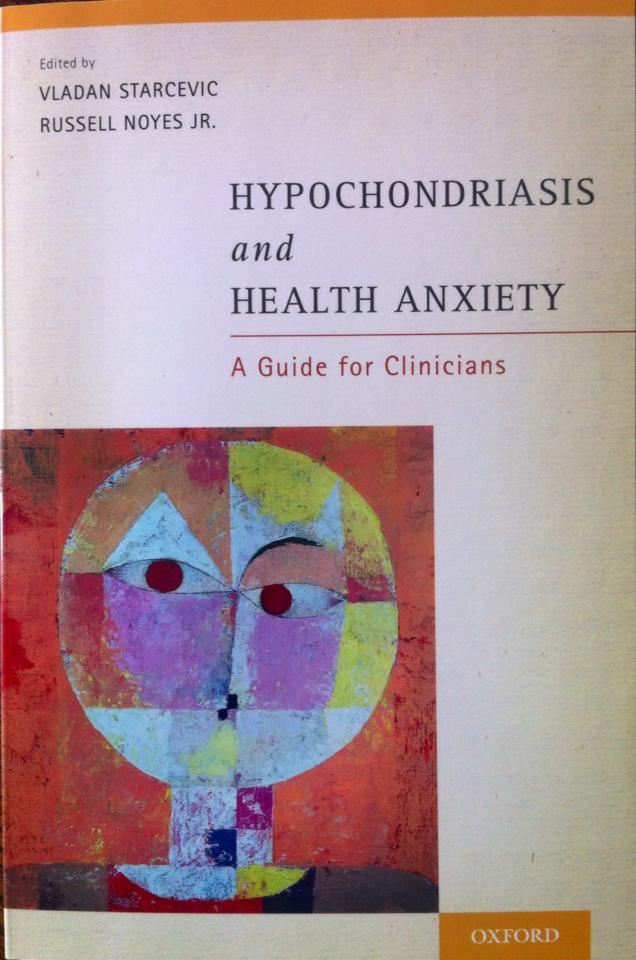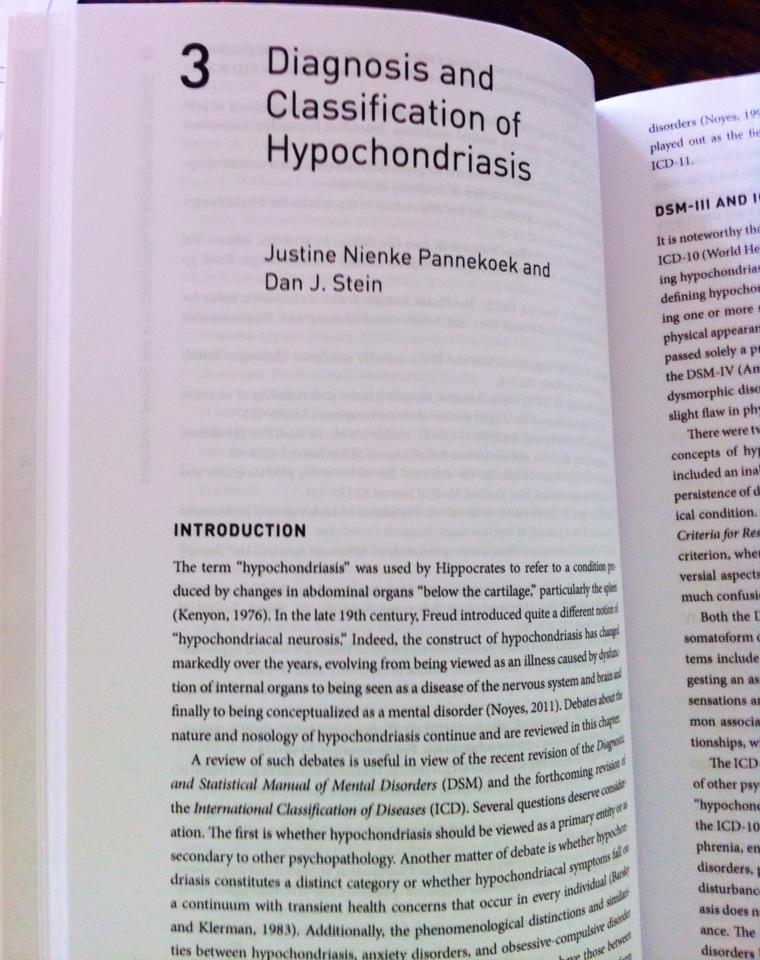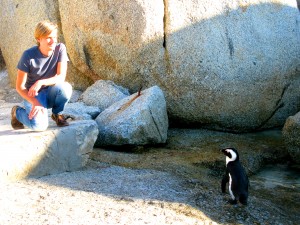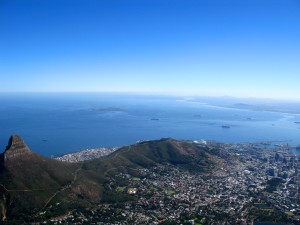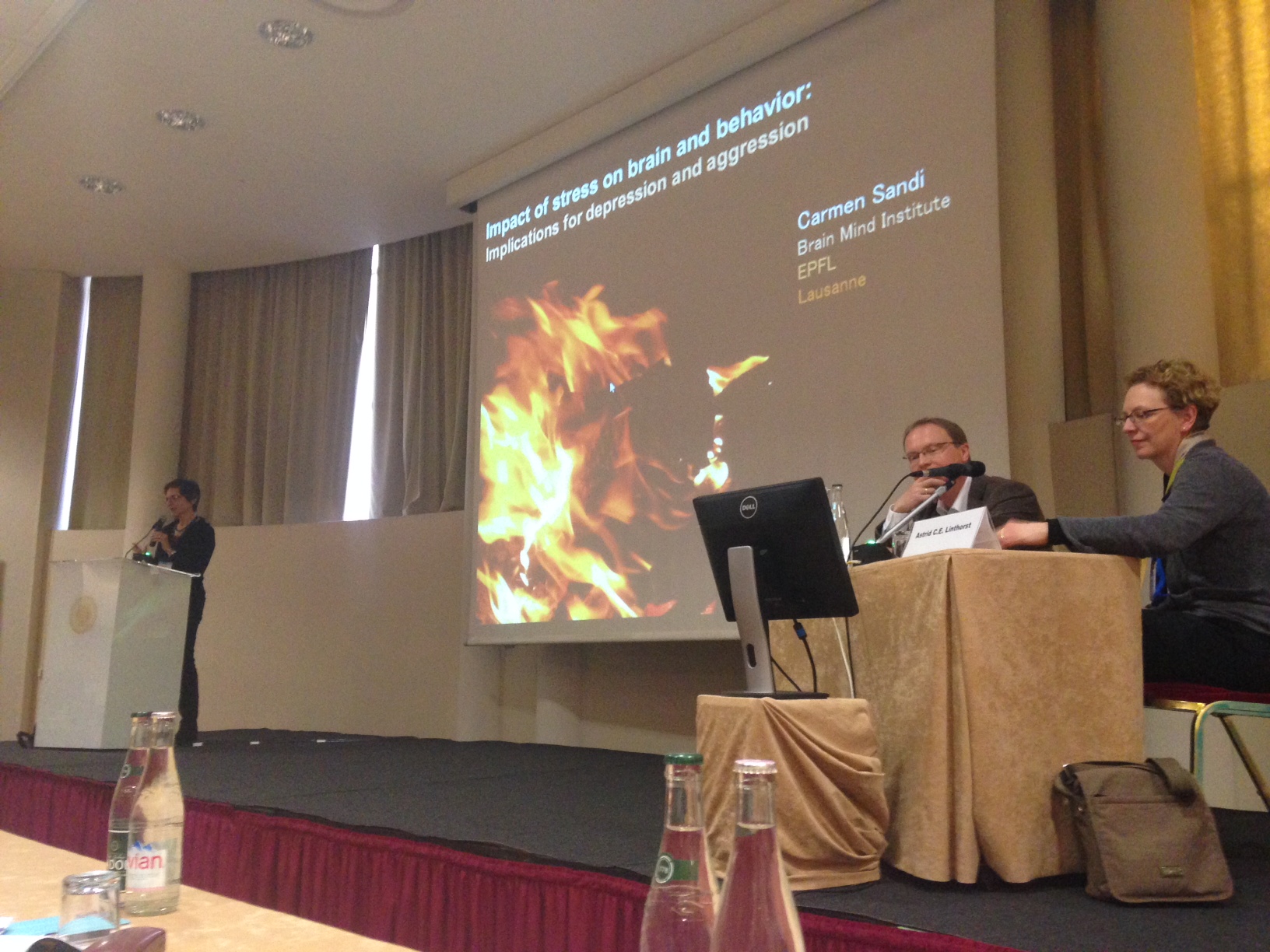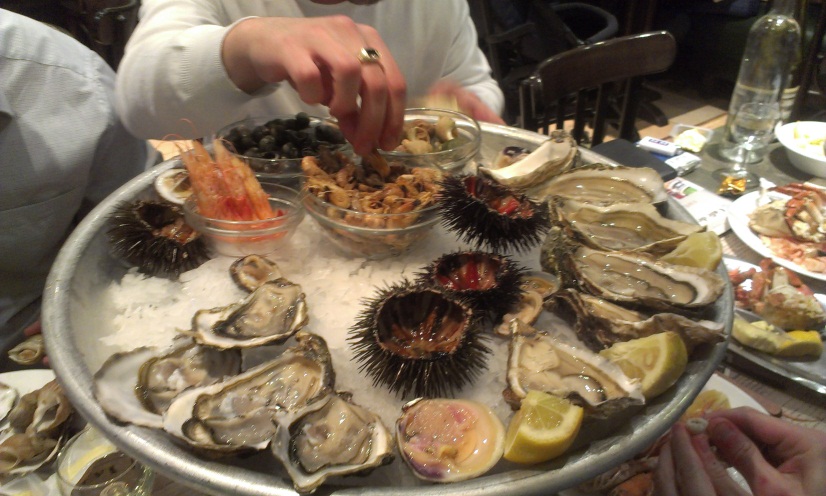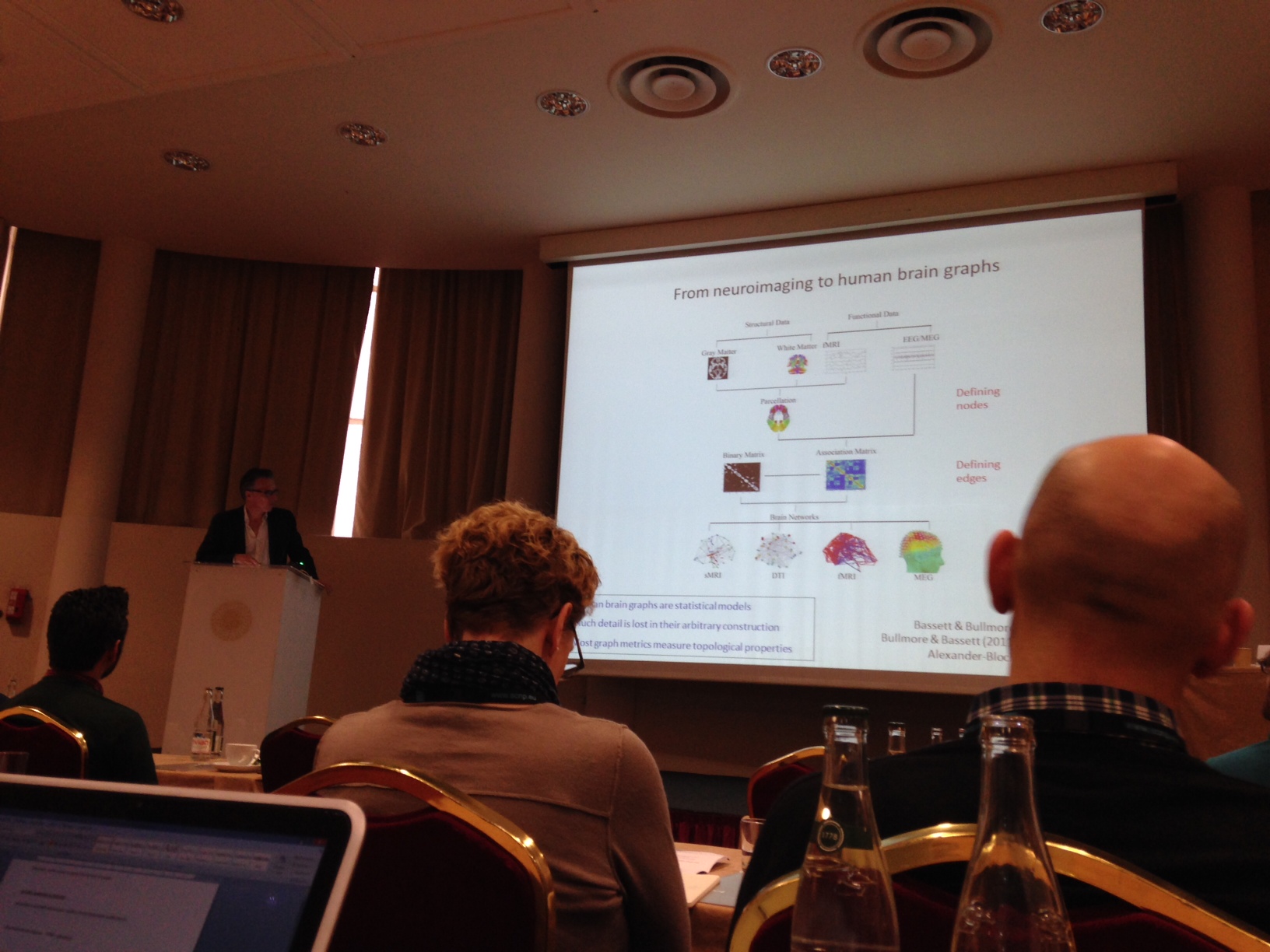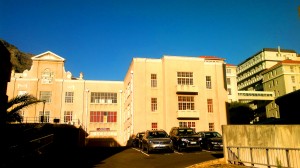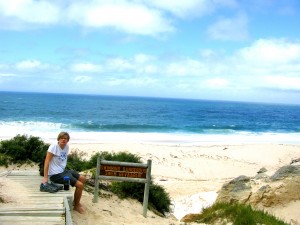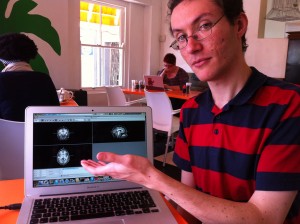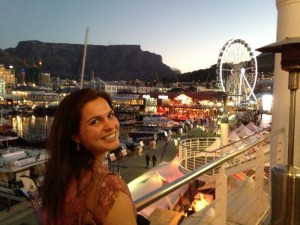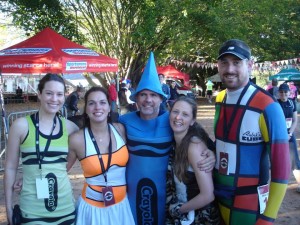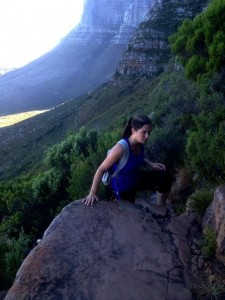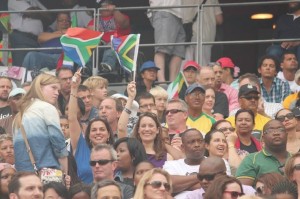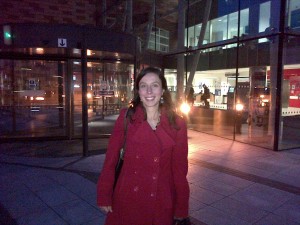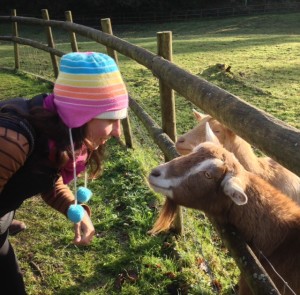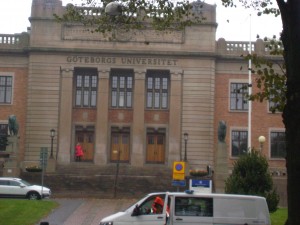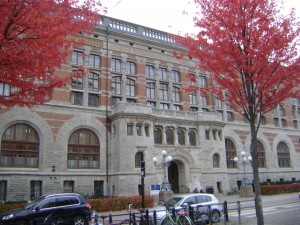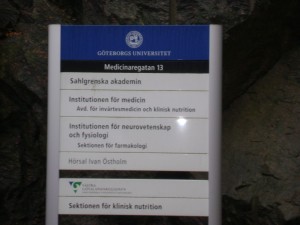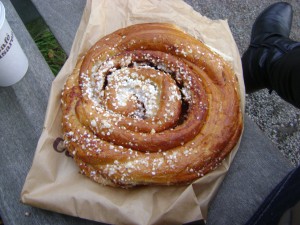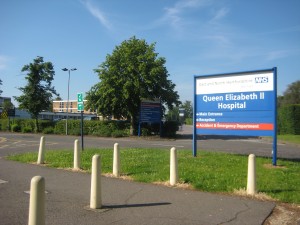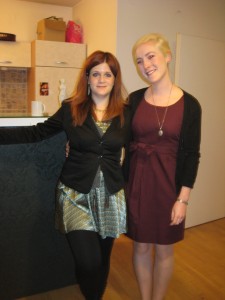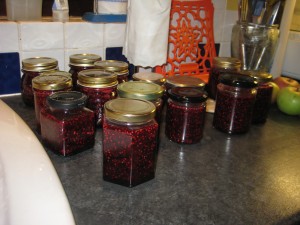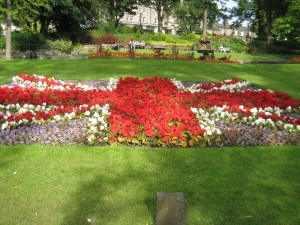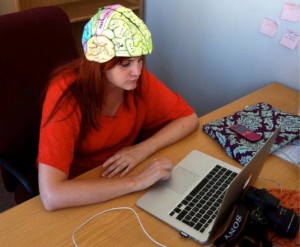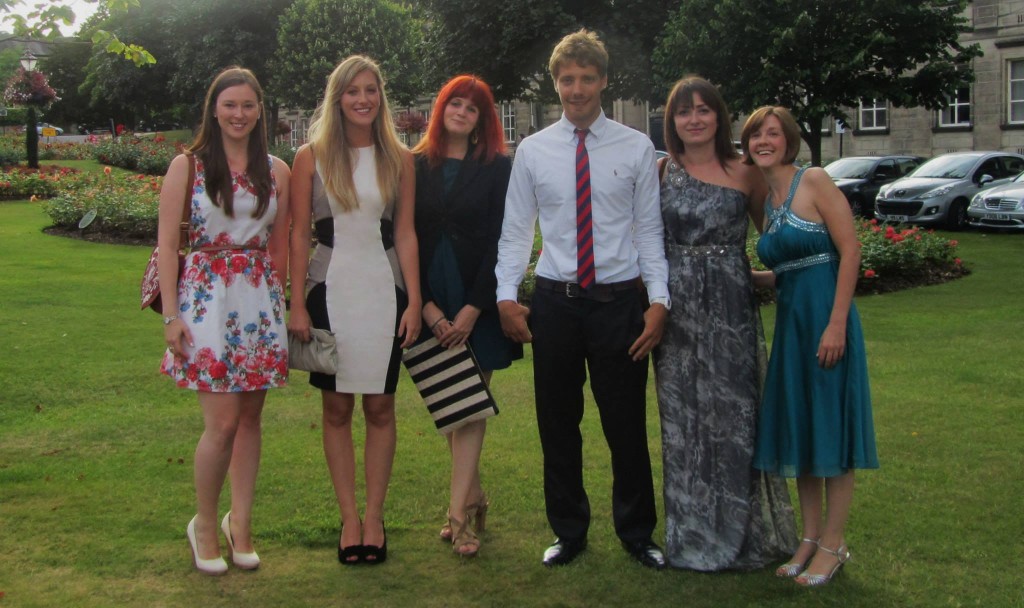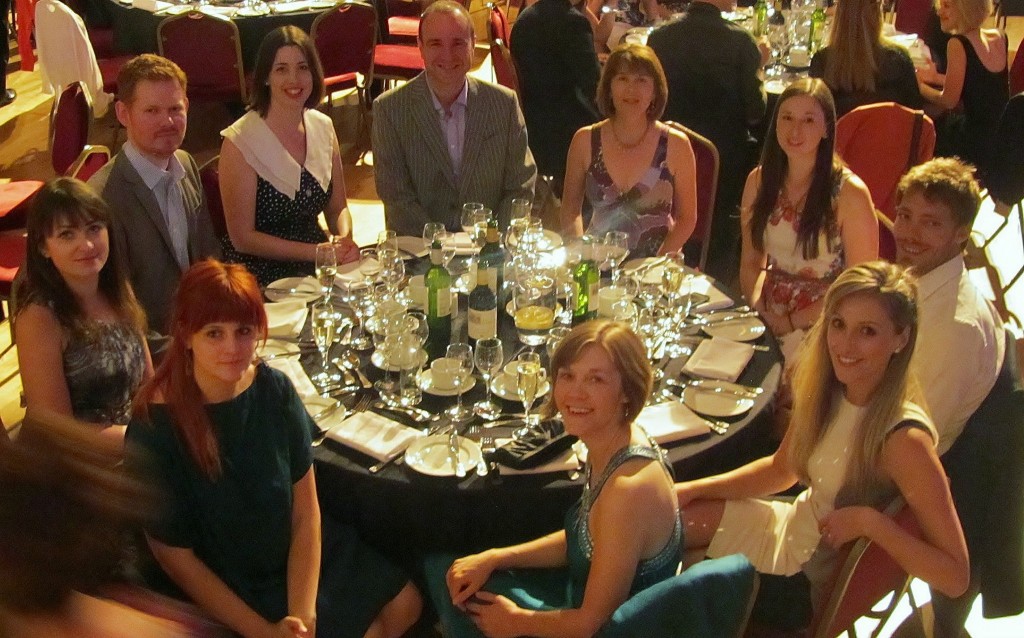I visited the University of Bristol (UoB) in 2015 on two separate occasions, as part of the EUSARNAD Fellowship. My first visit was for 4 weeks in February. I was excited to go to Bristol, as I had previously been there for a Cochrane Anxiety, Depression and Neurosis Group (CCDAN) workshop in 2010, and had found the city to be vibrant and full of creative energy. My EUSARNAD host was Prof Marcus Munafo, the director of the Tobacco and Alcohol Research Group (TARG), located within the School of Experimental Psychology at UoB.
On my arrival at TARG, I was welcomed by Prof Munafo, and given a tour of their facilities, as well as introduced to the TARG research and support staff by Dr. Kate Button (now at the University of Bath). Lizzy Dann and Jasmine Khouja were particularly helpful in making sure that I had access to all the facilities I needed whilst there.
My first visit to Bristol was timed to coincide with a 2 day workshop entitled “Introduction to Network Meta-analysis” being held at the UoB, and which I attended with Taryn Amos, another EUSARNAD grant recipient and UCT doctoral candidate whose PhD thesis I am co-supervising. Network meta-analysis (NMA) allows one to make statements about the effectiveness of particular medications in treating anxiety disorders compared to any other medication, regardless whether they have actually been directly compared to these other medications in clinical trials. By drawing evidence from indirect comparisons (via a common comparator, such as placebo), Taryn will be using NMA to determine the relative ranking of medication agents in terms of their efficacy and tolerability in treating social anxiety disorder (SAD).

Taking a break from rowing down the Thames
The two day workshop on NMA provided Taryn and I with a broad overview of this methodology, but more importantly, introduced us to some of the pioneers of this approach, including Dr Deborah Caldwell, who agreed in a subsequent discussion to become a consultant on the SAD NMA. I spent much of the remainder of my time in Bristol assisting with overseeing data entry for the SAD NMA. While in Bristol, I also discussed the possibility of collaborating with Dr Caldwell and Kate Button on developing a novel network cumulative meta-analysis approach, which could be used to track changes to the network of evidence supporting the efficacy of medications over time. This would potentially be useful in supporting decisions regarding when sufficient evidence has accumulated to obviate the need for further trials of that medication in treating anxiety disorders.
Taryn’s ultimate goal is to apply NMA to randomised controlled trials of pharmacotherapy across a range of anxiety and related disorders (social anxiety disorder, posttraumatic stress disorder and obsessive compulsive disorder), enabling her to compare how the ranking of these agents differs between these disorders. The results of the NMA’s will be compared to standard Cochrane reviews of pharmacotherapy for these disorders. With this in mind, Taryn and I met with Jessica Sharp, the editorial director of CCDAN, to discuss progress on a Cochrane review of pharmacotherapy for SAD. In addition, whilst travelling to Bristol from London, I met with Prof. Andreas Cipriani at Oxford University, one of our collaborators on the PTSD NMA, to obtain further insight into how to apply NMA to the SAD clinical trial pharmacotherapy evidence base.

Clifton Suspension Bridge
My stay in Bristol during February was not all work, however. In addition to seeing Bristol’s famous Clifton suspension bridge, I also took the weekend off to go rowing on the Thames with a friend who stays in London.
I visited Bristol again in September, for two weeks. This time around, I met with Dr Caldwell to discuss progress on the SAD NMA, as well as to formulate a strategy for completing the project within the next year. In addition, I spent the time I was there identifying and extracting data from studies providing norms for neurocognitive tests that had been identified in studies assessing cognitive impairment in PTSD. This work is being conducted as part of a meta-analysis of the clinical impact of cognitive difficulties in individuals diagnosed with PTSD, to be submitted in partial completion of a PhD thesis by Sheri Koopowitz, another PhD study I am co-supervising
Although it rained for most of the two weeks I was in the city, the weekend was fortunately sunny, and so I was able go on a guided tour of the floating harbour in Bristol (see photo).
Thanks to the EUSARNAD program, I was able to gain far greater insight into the application of state-of-the-art quantitative data synthesis methodology, as well as form collaborative partnerships with key players in this area. It also helped me to establish ties to Prof Munafo and his team, a relationship that I plan to take full advantage of in future research into anxiety and stress-related disorders.


